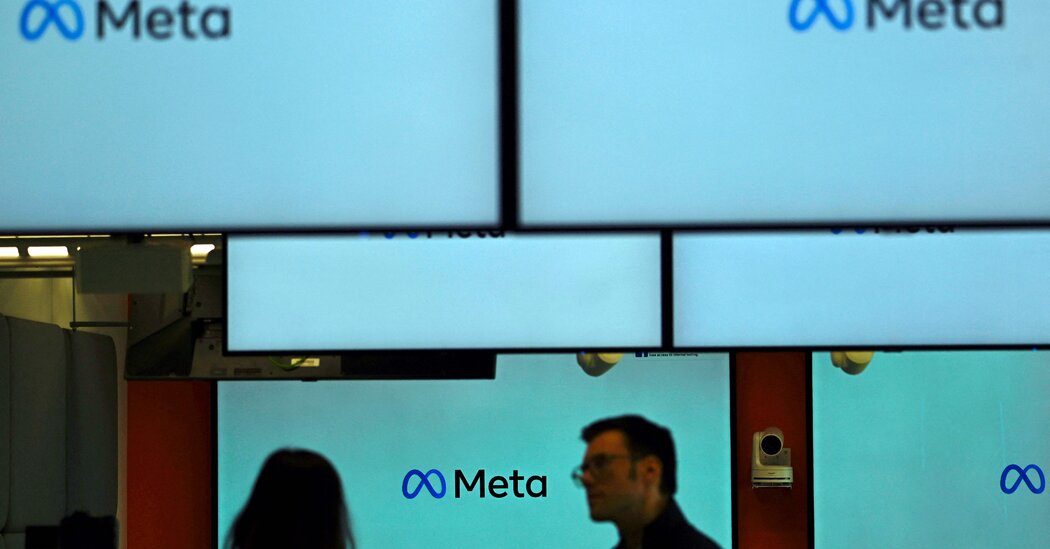Wall Street Shudders on Signs of Unexpectedly Strong Inflation
Wall Street was rattled by signs of stubborn inflation on Wednesday, with stock prices sliding and government bond yields, which underpin interest rates throughout the economy, jolting higher.
The S&P 500 fell over 1 percent for the second time this month and only the fifth time this year. Other major indexes, including the tech-heavy Nasdaq Composite and the Russell 2000 index of smaller companies, also fell.
The sharp moves followed a consumer inflation report that came in hotter than expected, with prices rising 3.5 percent in March from a year earlier, marking another month of stubbornly high inflation. That made it harder for investors to dismiss earlier signs that the progress in cooling inflation was patchy.
“The stalled disinflationary narrative can no longer be called a blip,” said Seema Shah, chief global strategist at Principal Asset Management.
That means the Federal Reserve could keep interest rates — the central bank’s primary tool for fighting inflation — elevated for longer.
Bets on a rate cut in June have dwindled since the data was released, pushing the first expected cut back later in the year. In January, investors had thought the Fed could cut rates as early as March.
So far this year, the fading prospects for rate cuts, which would be seen as supportive for the stock market, have yet to derail a tremendous rally that has taken hold in recent months. But some analysts question how long that can continue, with higher rates eventually squeezing consumers and crimping corporate earnings in a more significant way.
The two-year Treasury yield, which is sensitive to changes in interest rate expectations, lurched toward 5 percent on Wednesday, a threshold it hasn’t breached since November.
“The Fed is not done fighting inflation and rates will stay higher for longer,” said Torsten Slok, chief economist at the investment giant Apollo, adding that he does not expect any cuts to interest rates this year.
Even as many investors noted that the economy remained resilient, the fresh inflation numbers appeared to dim the outlook just as Fed officials had started gaining confidence in their ability to wrangle inflation nearer to their 2 percent target.
Lindsay Rosner, head of multi-sector investing at Goldman Sachs Asset Management, said the data did not “eclipse” the Fed’s confidence.
“It did, however, cast a shadow on it,” she said.


